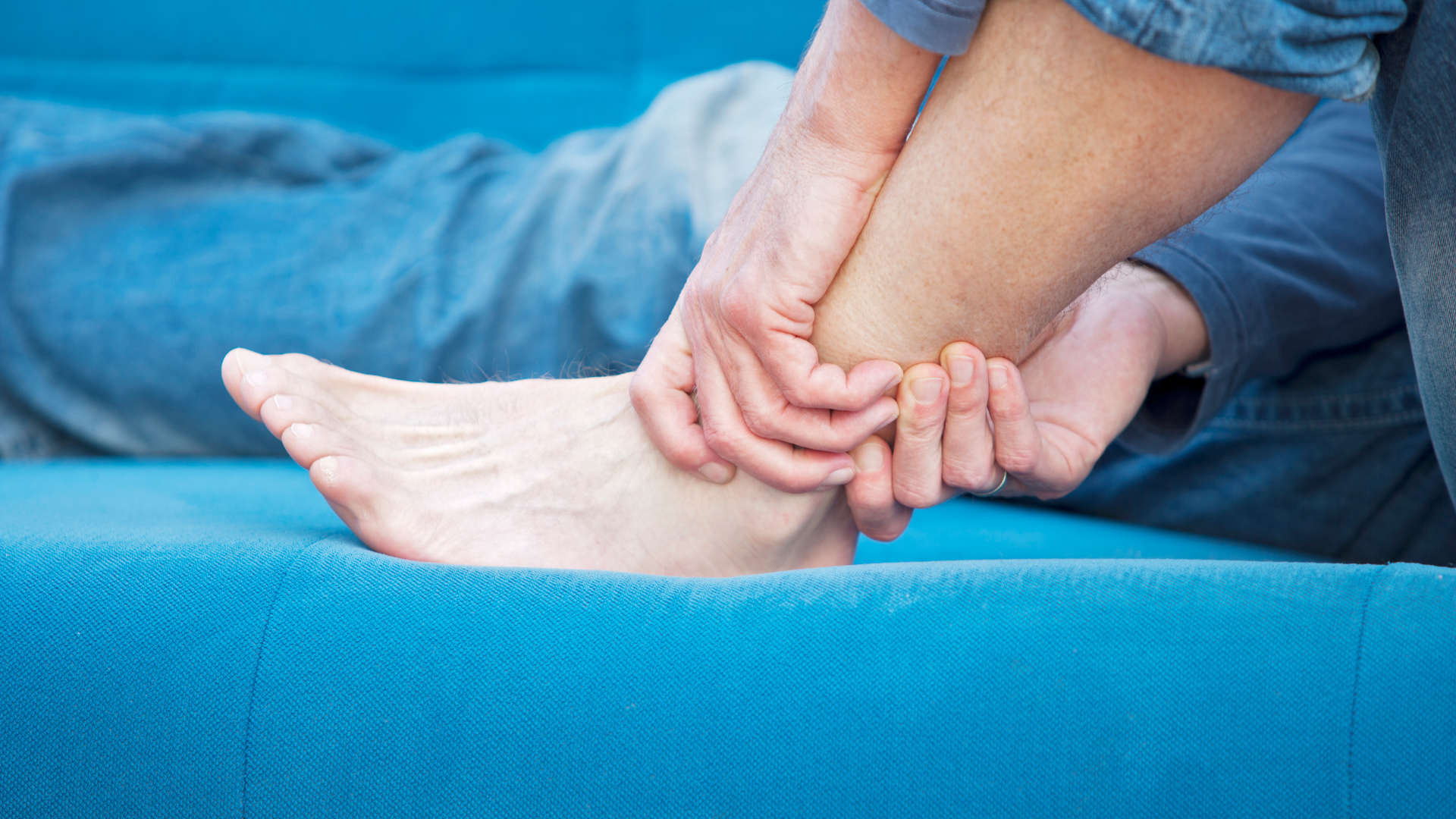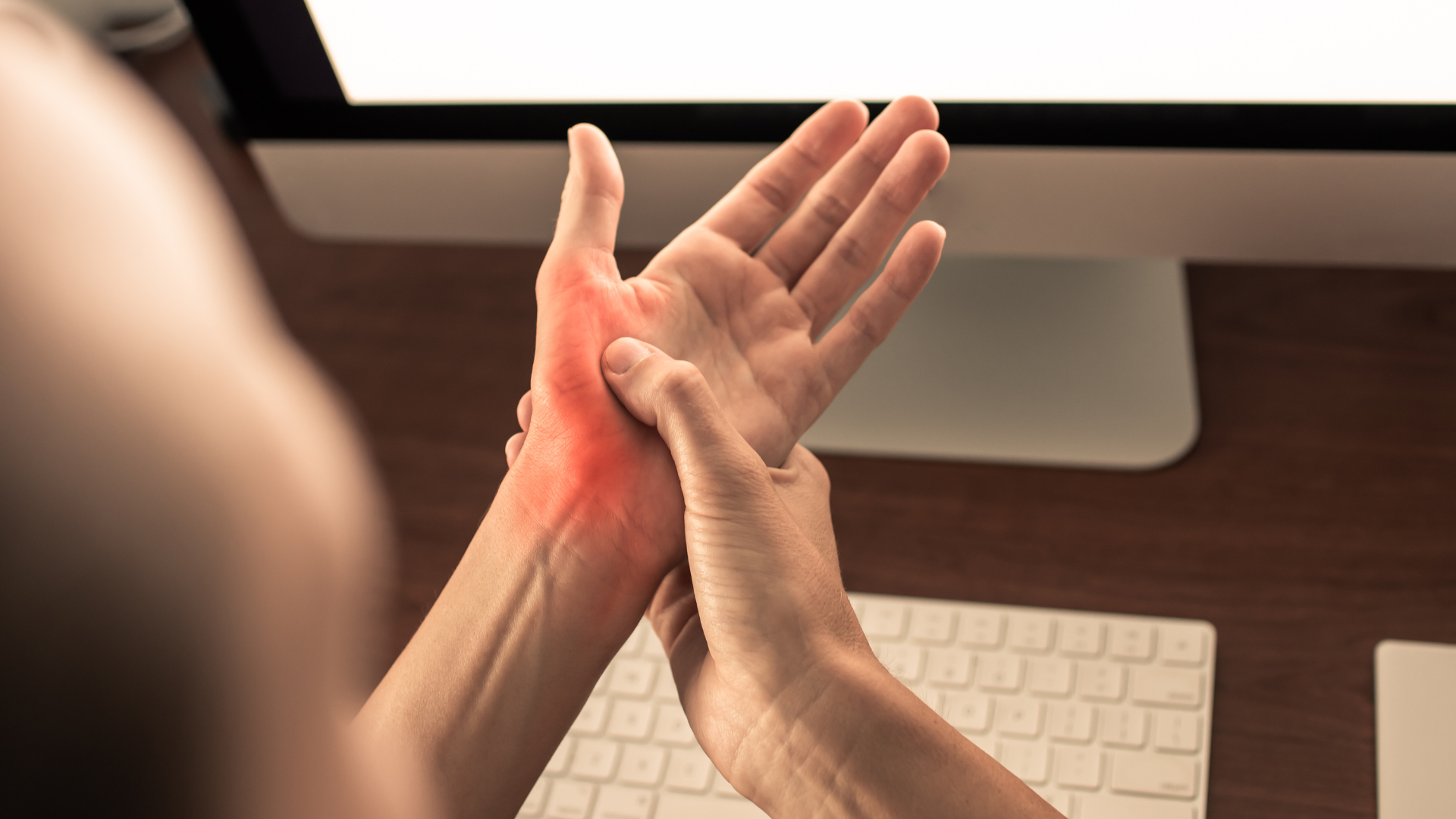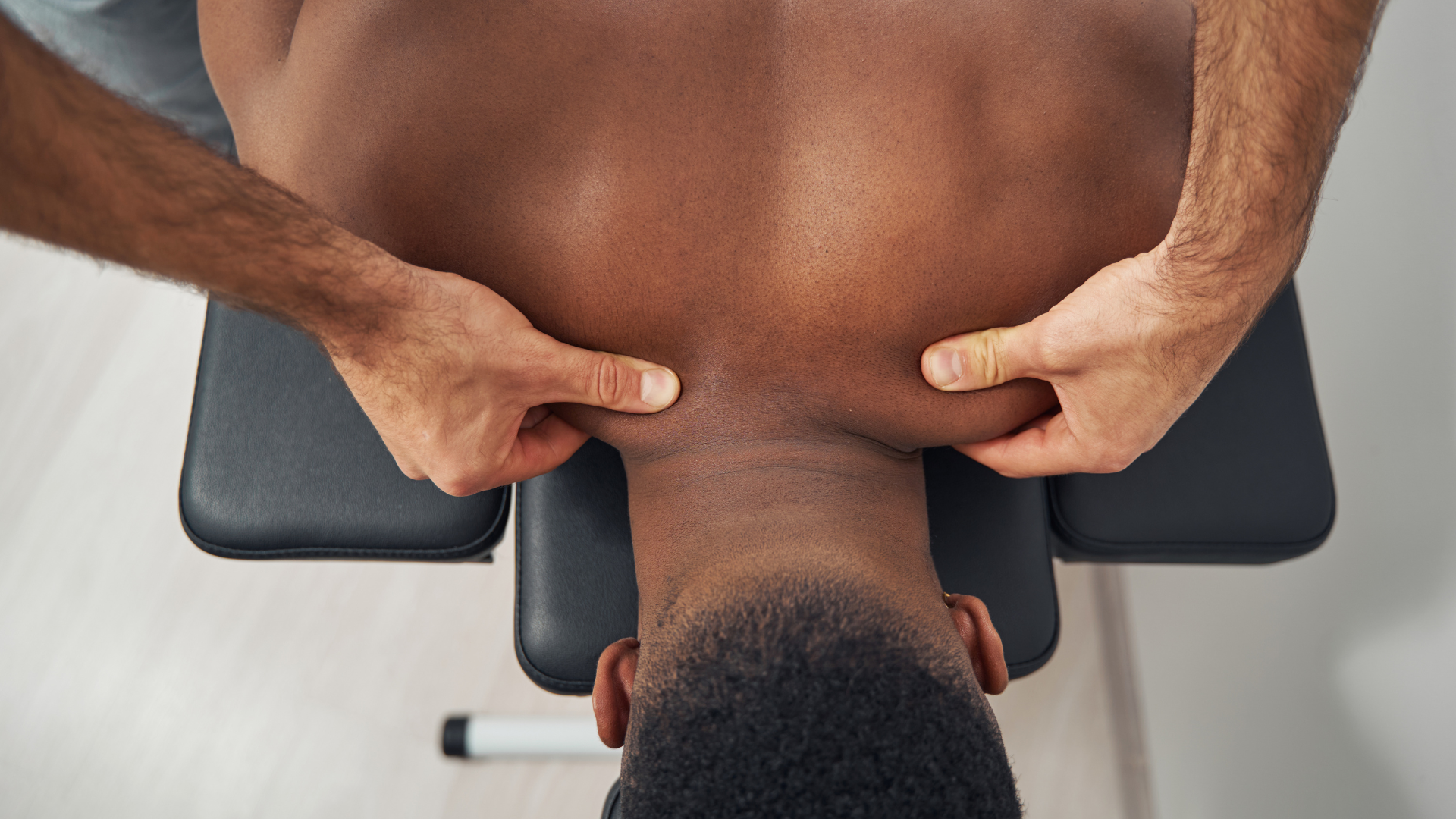If you are an athlete, side-to-side strength imbalances can stand in the way of you achieving your best performance and getting the most out of your exercises and workout routine. Being out-of-balance will see some of your muscles work harder than others, creating tension in your fascial system. Since the muscles will not be working together, you will end up with less endurance and strength. The more you work out, the worse your imbalance will get.
Is Half of Your Body Stronger Than The Other Half?
Ever noticed how you always use the same hand to brush your teeth? Carry items over the same shoulder? These, and more repetitive actions, may, over time, result in one side of your body being stronger and more coordinated than the other.
Your dominant side, that is, the one you favor, wins. You instinctively pick a dominant side early on and go through life developing it through repetitive actions, while the non-dominant side ends up being weaker.
Strength difference between the sides is extremely common. Apart from everyday activities that strengthen just one side, other factors that may contribute to this imbalance include imbalanced workouts and injury. In some cases, it’s usually a combination of several factors.
Why Does It Matter?
Count yourself fortunate if the difference in strength between your two sides has been of no consequence. For others, the impact is significant, calling for the resolution of these muscle asymmetries.
Being out-of-balance can affect your posture. The imbalance will cause the stronger side to pull on the weaker one, altering your posture. That said, the effect on posture is more significant with upper-lower strength disparity, compared to side-to-side imbalances. Take, for example, an inexperienced weight lifter with an upper-body that is more developed than the lower body. The result is a postural dysfunction referred to as kyphosis, which makes the weight lifter appear hunched. With this postural dysfunction also comes increased back and neck pain.
As highlighted, imbalances put a strain on your fascial system. With this comes an increased risk of injury. Weak muscles are generally more vulnerable and likely to get torn. In most cases, the injuries will be recurrent if you don’t address the imbalance issue but continue to exercise.
Correcting Side-to-Side Strength Imbalances
It is never too late to correct side-to-side strength and enjoy all the benefits that come with it, including posture restoration, reducing the risk of injury, and getting the most out of exercise routines. Our experts at
Advanced Physicians may be able to help you with just that.
Talk to an Expert
Our team of physicians has the skills and experience to provide you with the care you need to restore balance to your body.
Contact us now.












